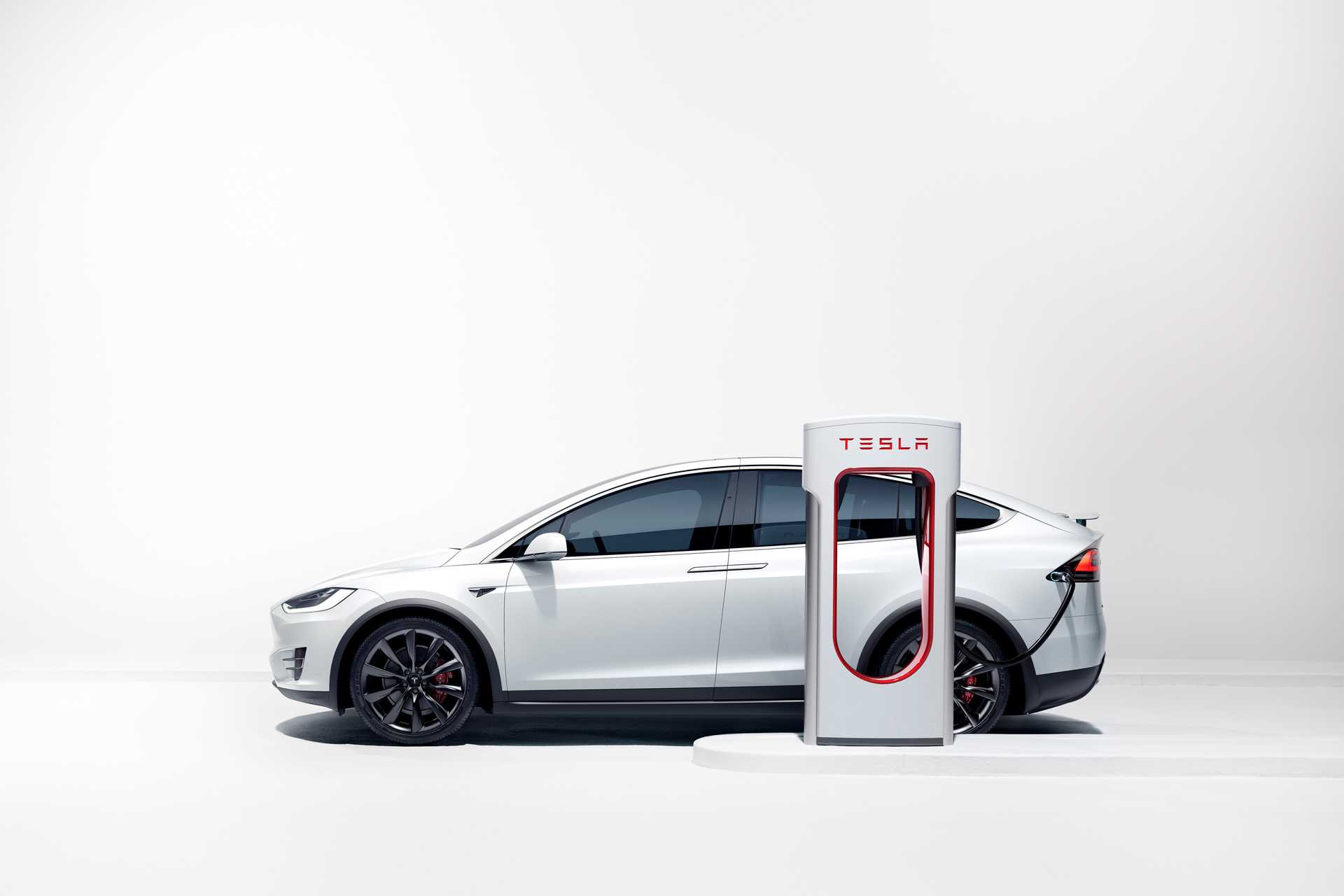Electric: Why Slow Charging Helps You Arrive Faster?

Why does slow electric charging allow for more kilometers than fast charging? It’s a matter of energy efficiency.
Whether for electric vehicles (EVs) or smartphones, the charging speed of a battery directly influences the efficiency with which energy is stored and used. Generally, slow charging optimizes range and preserves battery health, while fast charging, although convenient, leads to energy losses and premature battery wear. Beyond the simple question of sustainability, there is a subtle yet important difference in energy efficiency that can give the impression that the energy injected during fast charging is “less dense” or less effective.
Thermal Losses: A Key Factor
One of the main factors influencing the efficiency of fast charging is the heat generated. Whether for an electric car or a smartphone, fast charging involves a high electric current. This leads to a significant increase in temperature within the battery, which can have several detrimental effects.
Thermal management of batteries is critical to avoid overheating that could damage the cells. During fast charging, some of the energy is diverted to cool the battery, thus reducing the overall efficiency of the charge. In other words, a portion of the energy that one thinks is being injected into the battery is actually used to dissipate heat, giving the impression that fast charging offers less range or that the injected energy is less dense.
In contrast, during slow charging, the heat generated is much lower. This allows a larger portion of the supplied energy to actually be used to recharge the battery, thereby increasing energy efficiency. This results in greater range for the same amount of injected energy, whether at 80% or full charge.
Internal Polarization and Increased Resistance
During fast charging, batteries also undergo a phenomenon called polarization, which is related to the increase in internal resistance of the cells due to high current. This polarization means that some of the supplied energy is lost as heat or used to compensate for this resistance, rather than being stored as usable energy.
In slow charging, this phenomenon is much less pronounced, allowing energy to be stored more uniformly and efficiently across all cells of the battery. This more controlled charging process helps optimize the battery’s capacity to deliver energy effectively.
Battery Degradation: A Long-Term Impact
Another crucial aspect of fast charging is the premature wear of batteries. At high charging speeds, the internal chemical reactions within the battery are accelerated, increasing the risks of degradation. This results in a gradual reduction of the battery’s maximum capacity over charge cycles, leading to reduced range. This degradation accelerates when the battery is regularly subjected to fast charging.
Slow charging, on the other hand, is much less aggressive on the battery. By limiting temperature rise and internal stress, it helps preserve the maximum battery capacity over the long term, while offering a more complete and effective charge in the short term.
Optimizing Energy Efficiency
During slow charging, energy management systems, both in EVs and smartphones, can distribute energy more evenly across the battery cells. This maximizes the charging efficiency and ensures that each cell is optimized to deliver as much energy as possible.
In contrast, during fast charging, cells are subjected to intense charging, and some may charge faster than others. This can lead to imbalances in the battery, reducing the amount of usable energy and giving the impression that the battery contains less energy or that the energy is less dense.
Conclusion
The feeling that the energy injected during fast charging is less dense is not merely an illusion. It is related to real phenomena, such as thermal dissipation, internal polarization, increased resistance, and less efficient energy management under fast loads. Whether for a smartphone or an electric vehicle, slow charging not only helps preserve battery health in the long term but also optimizes energy efficiency in the short term. Thermal losses are minimized, energy is better distributed among the cells, and the overall battery efficiency is enhanced.
Thus, while fast charging is very convenient for saving time, it is less effective in terms of energy efficiency and actual range. To maximize both immediate performance and battery longevity, slow charging, when possible, remains the best option.
ALSO READ: Tesla Superchargers: What are the benefits of becoming a host?
This page is translated from the original post "Électrique : pourquoi une charge lente permet d’arriver plus vite ?" in French.
We also suggestthese articles:
Also read





